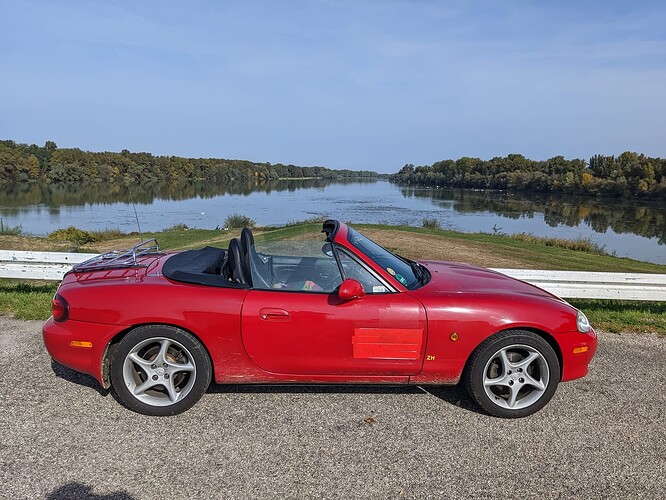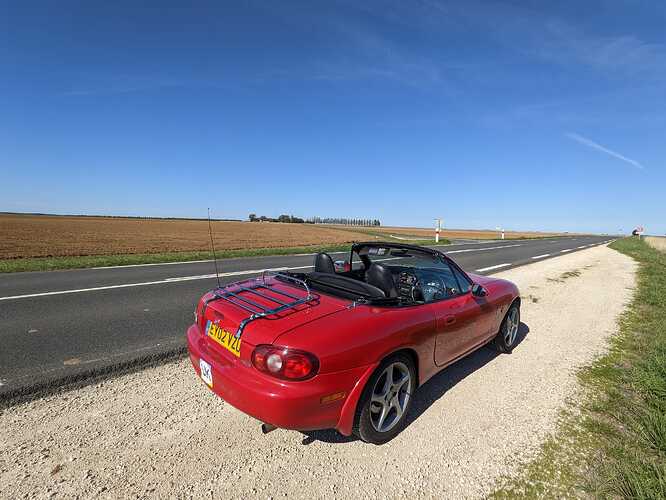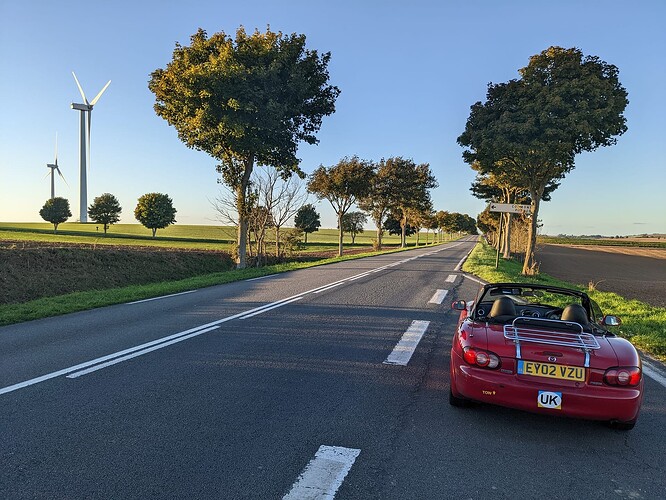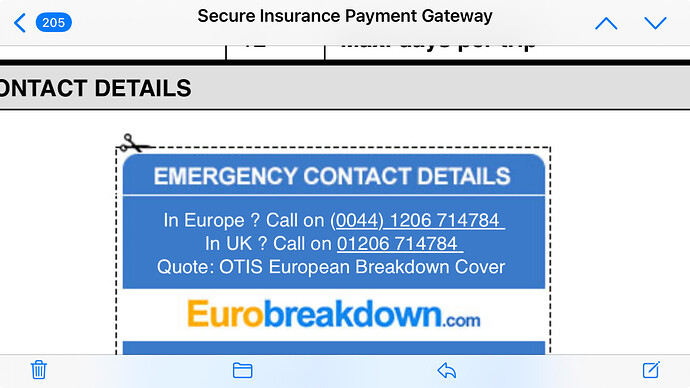I found this generalised article, which had a few points even a French friend didn’t know about Crit Air!
Taking your car on holiday means freedom – but traffic cops abroad are just as thirsty for drivers’ cash as they are at home, says James Foxall
Smooth unclogged motorways, tree-lined A-roads with the odd Citroën 2CV pottering along at snail’s pace, bucolic villages with welcoming bars and restaurants. That’s one fantasy version of driving on the European continent. The reality is slightly different.
It’s a minefield of different laws with their enforcers waiting to slap the unwary driver with a potentially pricey fine. We look at the main ones to be aware of before you set off on a European road trip this summer.
Do you really need a UK sticker, or will old GB stickers be OK?
Following Brexit, and as a show of solidarity with Northern Ireland, the government applied to the United Nations to change our country identifier from GB to UK. That means any GB sticker is no longer valid.
Government advice is to remove or cover GB stickers; you can buy UK items to fit a standard registration plate. You could try driving without one altogether but if you’re stopped by police in an EU country and they’re having a bad day, you could receive a 150-euro (£127) fine.
What emissions sticker do you need before driving into a French town?
Just as our Ultra Low Emissions Zones only affect certain cities, so the French Crit’Air system is only applicable in some areas between 8am and 8pm, Monday to Friday. You don’t need to apply for a Crit’Air sticker to enter France, only certain conurbations.
Cities where your car currently needs a Crit’Air sticker are Paris, Lyon, Rouen, Reims, Saint Etienne, Aix-Mbehindille, Toulouse, Strasbourg, Montpellier and Grenoble. But this is set to expand. The good news is that once you have a Crit’Air permit it’s valid for the life of the vehicle.
There are six different coloured Crit’Air stickers which identify vehicles’ emissions. These enable authorities to ban the most polluting from built-up areas when the air quality is poor.
Green Crit’Air “0” stickers signify zero emissions vehicles such as EVs. The dirtiest cars wear grey Crit’Air “5” badges, reserved for older diesels. Many zones ban Crit’Air 5-classed vehicles altogether. Most people will need a Crit’Air 1, for plug-in hybrids and vehicles meeting Euro 5 or 6 emissions regulations.
You should apply for the sticker online before travelling; you can’t buy them over the counter in France. They cost just £4 (including postage) via the official French government website. Beware convincing-looking unofficial sites selling Crit’Air stickers, which have been known to charge up to six times the official price.
The fine for not having a valid sticker when it’s required starts at 68 € (£57). “Fines can be given by both cameras and police on the streets, so for the sake of £4, it’s worth getting one,” said the AA’s Jack Cousens.
What about the rest of Europe?
Perhaps surprisingly, Italy has the most low-emissions zones of any country in Europe. The easiest way to discover these is looking up the region you’re visiting. The majority simply ban vehicles that are Euro 2 exhaust emissions or earlier (mainly old bangers) but it’s still worth checking.
The Italians are also partial to a zona a traffico limitato (low-traffic neighbourhood) – which can catch out the unwary. Look for the signs around cities. The fines vary depending on location but are typically around 65 € (£55). If you incur one of these in a hire car, you’ll probably pay the perennially pesky “admin fees” on top.
Germany has gone big on low emissions zones, too. Drivers need an emissions sticker to drive fine-free in pretty much every German city. The easiest way to get the 6 € (£5.10) sticker is from the state website of the area you’re travelling to.
What happens if you get snapped by a speed camera?
One upside of Brexit is that if a camera catches you speeding in a European Union country you’ll no longer have to pay a fine. This is because the EU Cross Border Enforcement Directive doesn’t apply to UK-registered cars.
So, French – or for that matter, Belgian, Dutch, German, Italian or Spanish – speed cameras can snap you endlessly, but their operators won’t be able to request owner details from the Driver Vehicle Licensing Agency (DVLA) back in Swansea.
Yet that doesn’t mean owners of UK-registered cars can break the speed limit with impunity. European police operate plenty of mobile speed traps. If you’re caught by one, the fine is likely to be on-the-spot. And there’s no dodging those.
How big is the fine for having speed camera detection on your satnav?
It’s been illegal to have an in-car speed camera detector in France since 2012. That’s regardless of whether you’re using it; it includes satnavs that feature fixed speed camera warnings.
Insurers claim some police cars are fitted with speed camera detector detectors for stopping drivers they believe are breaking this law. Satnavs with speed camera warnings are harder to spot and police will probably only discover these if they’ve already stopped you for another transgression.
Insurers claim some French police cars are fitted with speed camera detector detectors
It’s easiest to disable the feature in the car’s menu – or if you use a camera detector, leave it at home. It’s worth it: the fine for having one is up to 1,500 € (£1,260).
Speed camera detectors are illegal in other countries but not illegal enough to attract fines. Apart, that is, from the Netherlands and Spain where the fines are 450 € (£379) and 500 € (£421) respectively.
Do you still need to carry a breathalyser?
The breathalyser law in France was always a weird one. The fine for not having a disposable breathalyser was only 11 € (around £9), when the breathalysers themselves often cost a lot more. And you had to carry two because if French police stopped you and used one, you couldn’t legally continue your journey without a working breath test.
Then in 2013 they changed the law so you still had to carry a breathalyser but there was no sanction if you didn’t. Finally in 2020, they ended the lunacy and decreed that carrying a breathalyser was no longer a legal requirement.
So despite what some motor retailers would have you believe, you no longer need one. Common sense does sometimes prevail.




